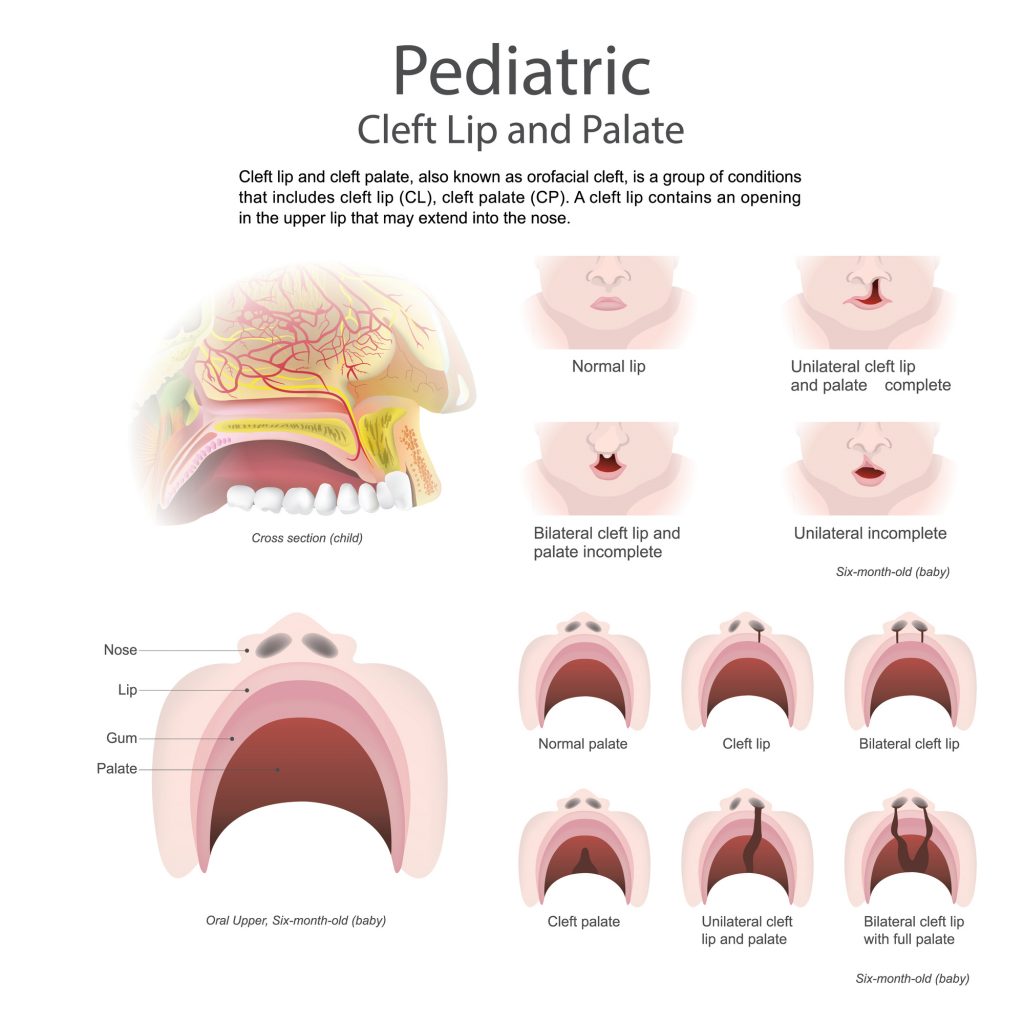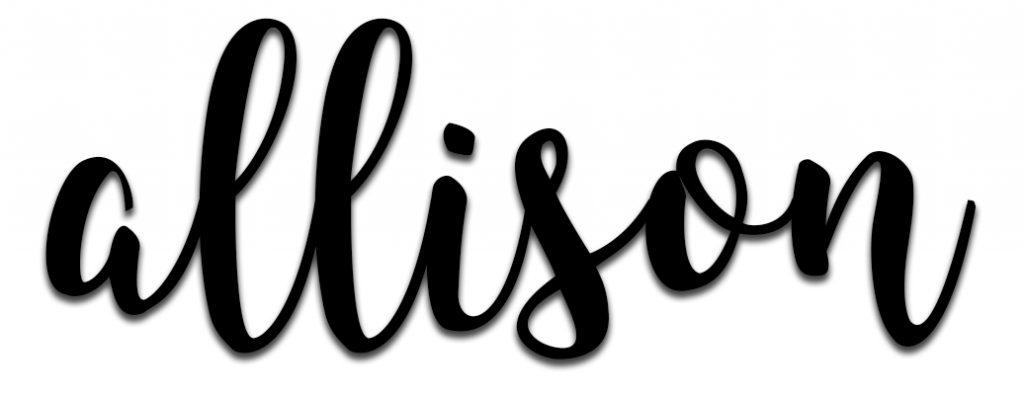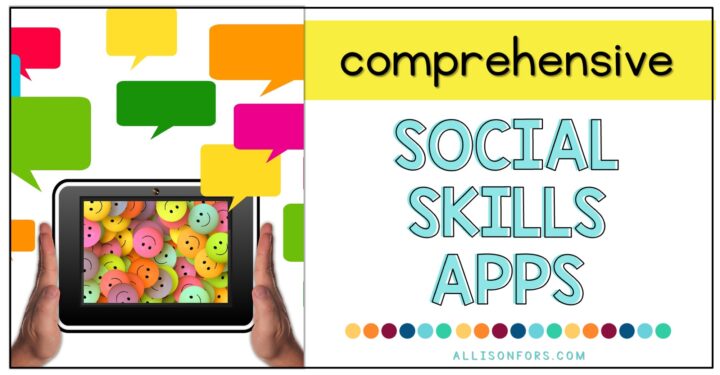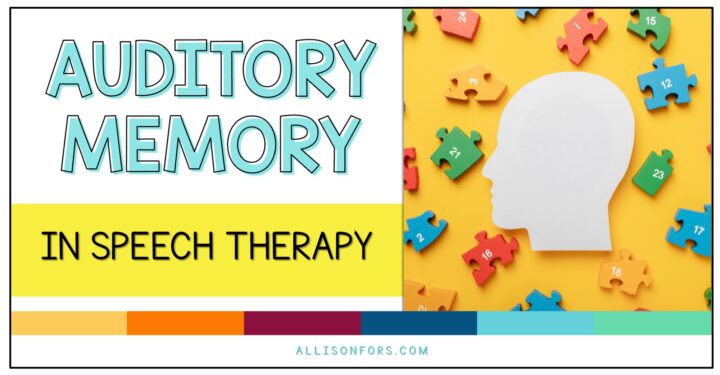
How to Help Speech Development Before Cleft Palate Repair

Cleft-affected babies with an unrepaired palate are limited in what sounds they can produce due to their anatomy. This is normal, but developing speech and language skills and ensuring correct sound placements before surgery is essential for outcomes after surgery.
Cleft palate repair typically occurs between 8-14 months old. Read to see how speech is affected before and after palate repair and strategies to help speech and language development before surgery.

What to Expect Before and After Cleft Repair
How do cleft palates affect speech sounds before and after cleft repair?
Before cleft palate repair:
Babies with cleft palate produce vocalizations as much as babies who are not cleft affected, although they have delayed onset of babbling and first words and they acquire words more slowly. They also prefer words beginning with sonorants (vowels, /m, n, w, y, r, l/ and “ng”.) This is because these are the sounds they can make without a palate!
After cleft palate repair:
Once the palate is repaired, typically around a year old, the child can form pressure consonants. Encourage using more sounds /p, b, t, d, k, g, s, z, f, v/ “sh,” “ch,” and target a greater variety of consonants and vowels within CV, CVC, and CVCV words.
After my cleft-affected daughter’s palate repair, I heard new pressure consonants immediately during vocal play! Some sounds, such as /k/ and /g/ were harder for her and didn’t come independently.

Speech-Language Strategies Before Cleft Palate Surgery
Stimulate early sounds and words that they can produce.
Focus on modeling babbling and words with /m, n, w, y, r, l/ and “ng.”
For example, “nanana” or the words “mama,” “me,” “no,” “more,” “wawa” for water, or “ni ni” for night-night. Also, encourage tongue and lip movement!
Important note: Still model ALL sounds and words prior to repair. Cleft-affected babies can still understand and learn, even if they cannot produce certain sounds due to their anatomy. It is important to note that cleft babies’ receptive language is not affected unless hearing is impacted. Even if they are not repeating words back, they are still learning and expanding their vocabulary.
You may need to substitute sounds based on placement.
If a child is trying to say a word with a sound they cannot produce, we want to provide an alternative sound with the exact PLACEMENT. For example, if they are trying to say “daddy” (/d/ cannot be produced before repair), we can replace it with /n/ (“nanny”), since these two sounds are produced in the same place in the mouth. The goal is to ensure they get correct articulation placement to avoid compensatory errors after palate repair.
This strategy may only apply to children who get cleft repair over a year old since most children get their first words around one year.
The Place-Manner-Voice chart below shows which sounds are produced in the same place. Sounds in the column have the same placement. Note that “VL” means voiceless (the voice is not turned on), and “V” means voiced (the voice is turned on.)

Discourage glottal stops and growling noises.
A glottal stop is a sound produced by bringing the vocal cords together and then releasing them suddenly instead of the tongue or lips. You may hear or use a glottal stop while producing certain words, such as “button,” instead of fully articulating the “t” in the middle of the word or in “uh oh.” A glottal stop is typically used for /p, b, t, d, k, g/ sounds. For example, a child with a cleft palate may say the word puppy as “uh-ih.”
This is something I noticed my cleft-affected daughter did before her cleft repair at 12 months and I realized it is fairly common. We don’t want to encourage this since it can lead to incorrect placement of sounds which can be difficult to unlearn after palate repair. How do you discourage a baby from making glottal stops and growls?? The main thing is to ignore and not make the sounds back. Many people think it’s endearing and funny, so be cautious not to laugh or imitate the sounds back. You can also try to “replace” it by modeling other sounds/babbling noises.
Provide tons and tons of language input.
Talk all day and have them watch your face/mouth! Let them watch how your mouth moves to form words, facial expressions, and gestures. Tip: Having a child sit in your lap to read is common, but try facing each other!
Use the language strategies “parallel talk” and “narration.” Parallel talk is when you narrate what the child is doing. Use simple phrases and sentences as opposed to longer, more complex language for greater comprehension. For example: “You are taking a bath” or “eating carrots.” Narration is similar to parallel talk, but you describe what you’re doing instead. It may seem silly to talk out loud without a response, especially to a baby! But this exposes them to many many more words per day.
Have any other strategies to add? Leave a comment below.
You may also be interested in reading:
- Treating Cleft Palate: Q&A with a Craniofacial SLP
- Common Cleft Palate Compensatory Errors
- Sound Loaded Books for High Pressure Sounds
- When to Refer to ENT
- Signs and Symptoms of Submucous Cleft Palate






